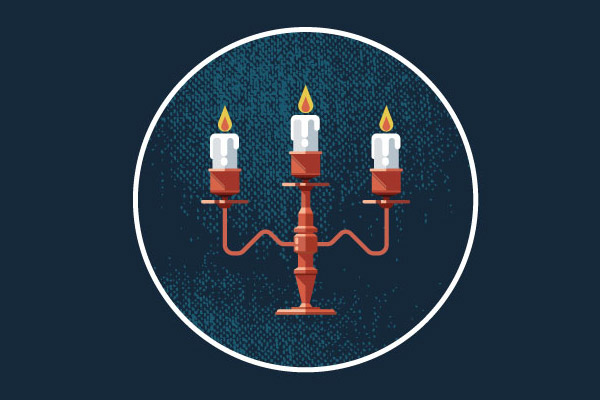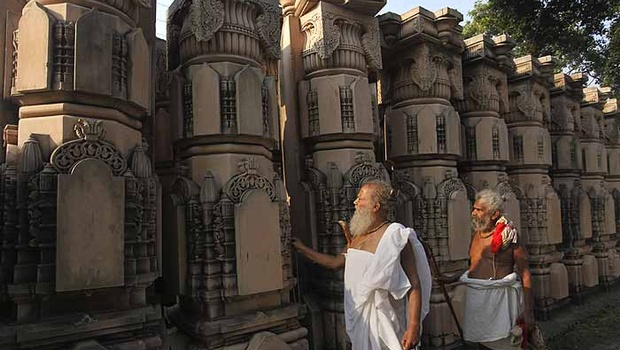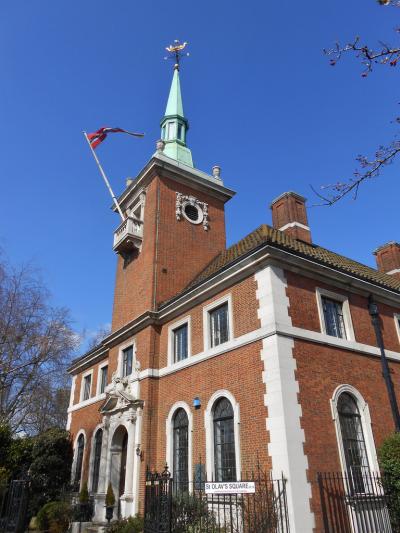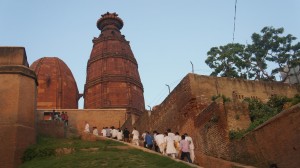Tension simmered in Ayodhya as activists of the Hindu hard line Vishwa Hindu Parishad (VHP) have begun collecting stones for the construction of a temple at a disputed site.
Several Hindu groups performed stone-praying rituals in Ayodhya, the flashpoint of tensions between the country's majority Hindus and minority Muslims.
Hindu mobs demolished the Babri mosque in Ayodhya on December 6, 1992, claiming it was built on the birthplace of their god-king Rama. The demolition triggered religious riots that killed nearly 2,000 people.
Mahant Nritya Gopal Das, president of Ram Janam Bhumi Nyas, which is actively campaigning for the construction of the temple, said that he was hopeful that the construction work would pick up after the return of Hindu party government.
"The stone praying ceremony means that the possibility of construction of the temple has come closer. We were hoping for a long time that a government comes which is in favour of the construction of the temple. By god's grace, there is the government of
Bharatiya Janata Party (BJP) and it is in majority. So, we wish that during the tenure of (prime minister) Narendra Modi's government, the work for the temple begins," Das said.
The proposed move has upset several Muslim organizations which are opposing the construction of the temple at what they call a "disputed site".
One of the petitioners in Babri mosque case in Supreme Court, Hashim Ansari, questioned Prime Minister Narendra Modi's silence on the issue.
"The stone praying ceremony is going to create disharmony in the country. What is the Prime Minister doing? I want to ask the Prime Minister? The rhetoric and stone praying ceremony should be stopped immediately," said Ansari.
The issue is currently pending in the country's apex court.
In September 2010, Allahabad High Court ruled that the site should be split, with the Muslim community getting control of a third, Hindus another third and the Nirmohi Akhara sect the remainder.
The Supreme Court suspended the High Court ruling in 2011 after Hindu and Muslim groups appealed against the 2010 verdict.
Meanwhile, convener of the Babri Masjid Action Committee (BMAC), Zafaryab Jilani, said Hindu groups were raking up the issue for political gains.
"This is purely a political issue and has nothing to do with religion. They are doing all this because it's political and they have to satisfy their constituency," said Jilani in the state's capital Lucknow.
Prime Minister Modi's administration has faced a rising tide of criticism for failing to rein in hard line Hindu groups that are campaigning for issues such as cow worship in a multi-faith country.
Former chief minister of Uttar Pradesh and head of regional
Bahujan Samaj Party (BSP), Mayawati, said it was the responsibility of the state government to maintain law and order.
"It is the responsibility of the state's ruling
Samajwadi Party (SP) to see that when the issue is before the honorable Supreme Court of India then it should not allow any such work if it leads to communal tension," said Mayawati in New Delhi.
Hindus and Muslims have quarreled for more than a century over the history of the Babri mosque in Ayodhya.
Hindus say it stands on the birthplace of their god-king Rama, and was built after the destruction of a Hindu temple by a Muslim invader in the 16th century.







































